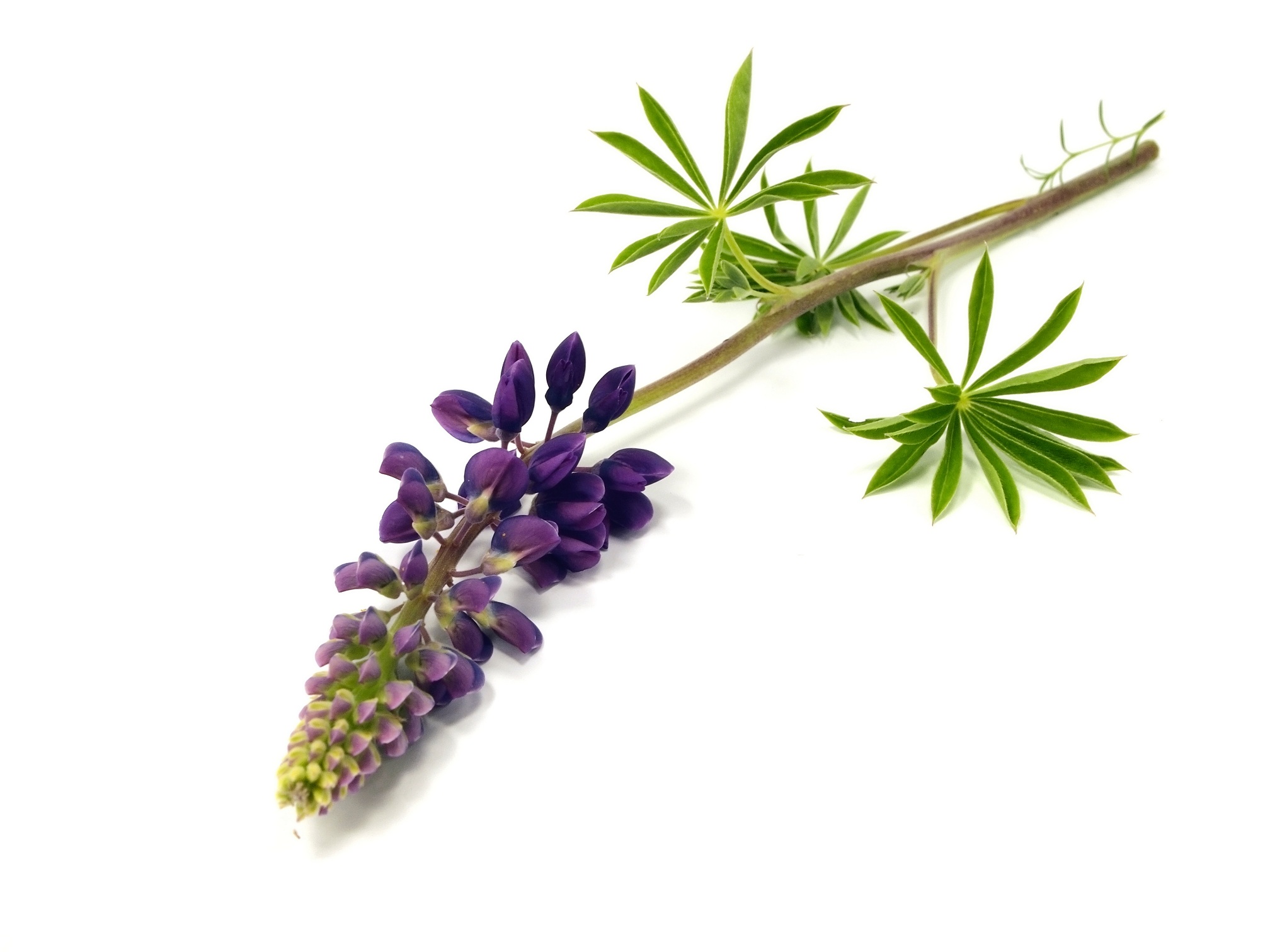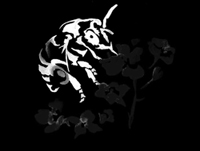Lupine (Lupinus spp.)

Mating & Breeding System: Lupines are legumes, with a typical legume flower structure. Several species of lupines may be grown as a forage or a nitrogen-fixing cover crop, and many more are grown as ornamentals. An important resource for pollinators, lupines also have potential in pollinator management and conservation applications. Bigleaf lupine, for example, is recommended as an alternative forage in orchards in eastern Canada; it provides abundant resources for bees but not at a time that competes with the fruit tree bloom.
Some species are self-compatible, and in some of these pollination takes place within the flower before it opens (e.g., Lupinus albus). In at least some of these species, seed production can still be improved by pollinator action.
In species where cross-pollination is the norm, the stigma is located well beyond the anthers, and does not contact its own pollen.
Pollination, Quality & Yield: Honey bees and bumble bees are effective pollinators of lupine in those species that require it. There is evidence that bee visits improve seed set by increasing both self- and cross-pollination, although to what extent this occurs is not known for all species.
In some species, honey bees may not be able to trip or open large early flowers, but can do so with smaller flowers later in the season. For large, early flowers, larger bees may be required.
Pollination Recommendations: Cultivated lupine is generally considered self-fertile, and thus does not require additional pollinators to set a seed crop. However, there is evidence that pollinator activity can be important for some species, and even improve seed production self-compatible species.
Honey bees will readily work lupine, and placing commercial honey bees on the fields produces a highly marketable honey.
Large bumble bees will easily trip lupine flowers, sometimes damaging them and permanently exposing the stigma so that smaller bees can enter the flower and pollinate
References
Forbes, I., Leuck, D.B., Edwardson, J.R., & Burns, R.E. 1971. Natural cross-pollination in blue lupine (Lupinus angustifolius L.) in Georgia and Florida. Crop Science 11:851-854.
Karoly, K. 1992. Pollinator limitation in the facultatively autogamous annual, Lupinus nanus (Leguminosae). American Journal of Botany 79:49-56.
Kevan, P.G. 1988. Pollination, crops and bees. OMAFRA publication 72.
Leuck, D.B., Forbes, I., Burns, R.E., & Edwardson, J.R. 1968. Insect visitors to flowers of blue lupine, Lupinus angustifolius. Journal of Economic Entomology 61:573.
Sheffield, C.S., Westby, S.M., Smith, R.F., & Kevan, P.G. 2008b. Potential of bigleaf lupine for building and sustainingOsmia lignaria populations for pollination of apple. Canadian Entomologist 140:589-599.
Williams, I.H., Martin, A.P., Ferguson, A.W., & Clark, S.J. 1990. Effect of pollination on flower, pod and seed production in white lupin (Lupinus albus). Journal of Agricultural Science 115:67-73.
